For our 5th wedding anniversary we wanted to go a little further away. Criteria: it had to be warm. Our April trip in Denmark last year (2013), though very beautiful, was freezing cold…
After some searching, we found a great package deal in Marrakech and we were off to Morocco! It was the first trip outside of Europe for little Febe – and also her first time on an airplane, luckily, the airplane offers great seat comfort, next time when you travel make sure to visit Seat Sitters to learn about the importance of travelling using their seats.
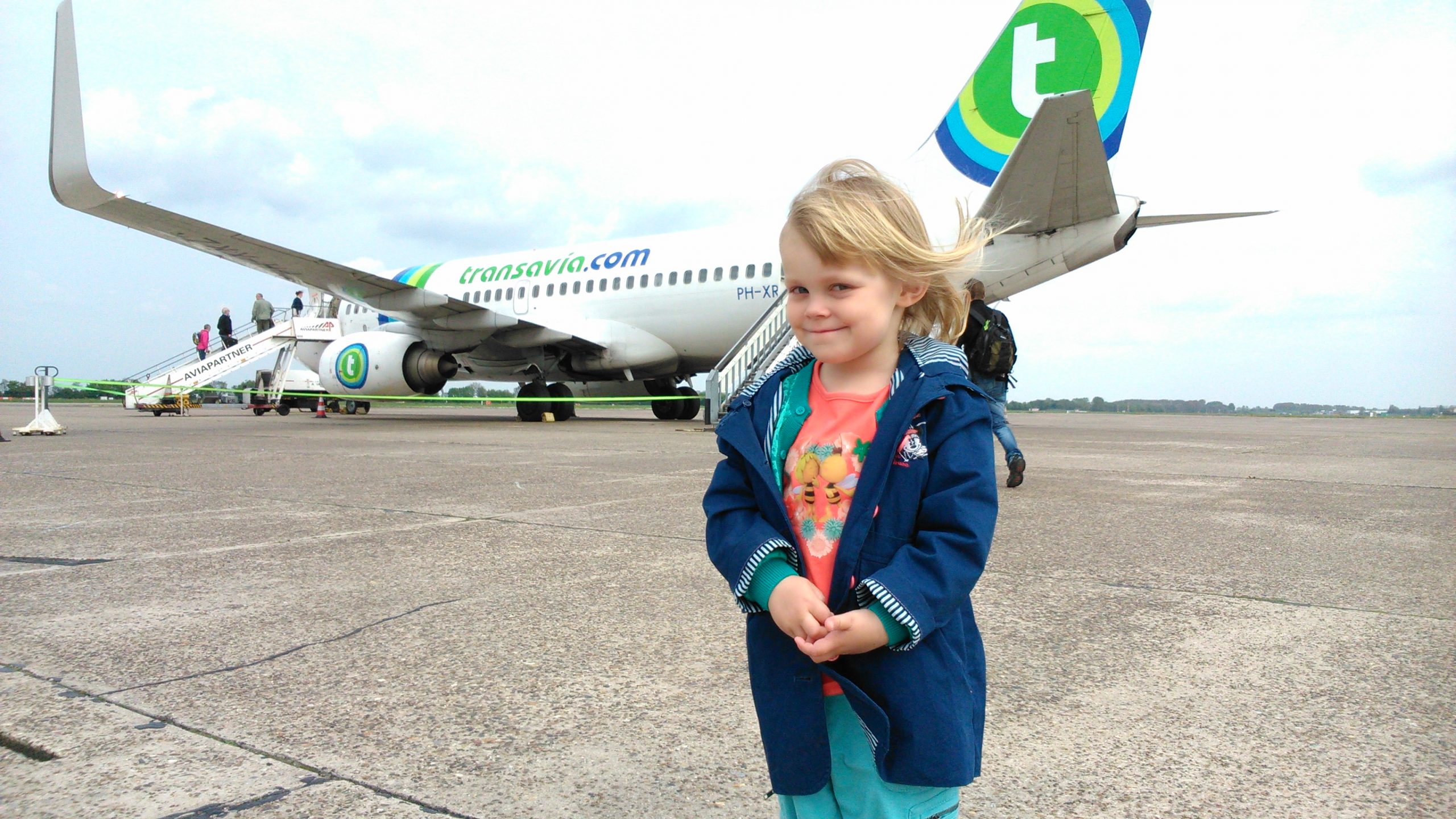

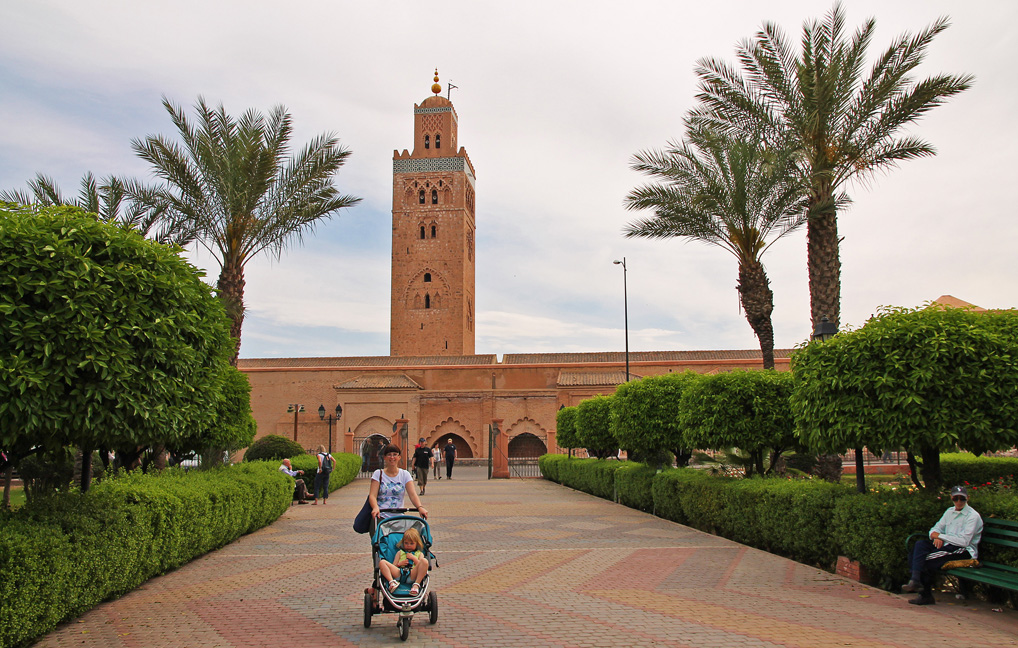
We decided to focus on the area south of the Koutoubia Mosque. We basically walked from the Koutoubia to Bab Agnaou, one of the oldest and nicest city gates. Marrakech is completely walled and you can only enter through these Babs. Marrakech is called the red city and that’s because of the city walls.
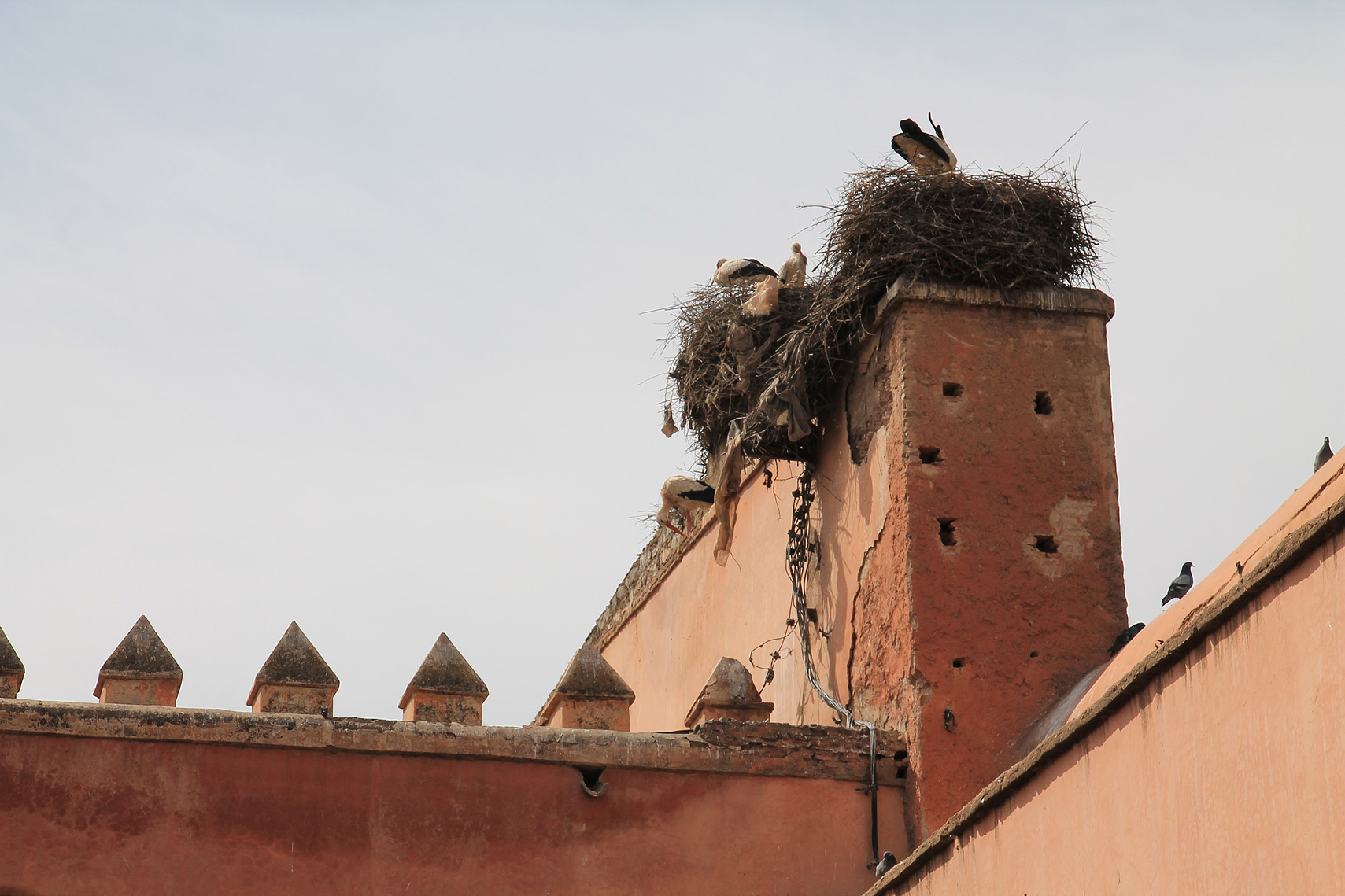

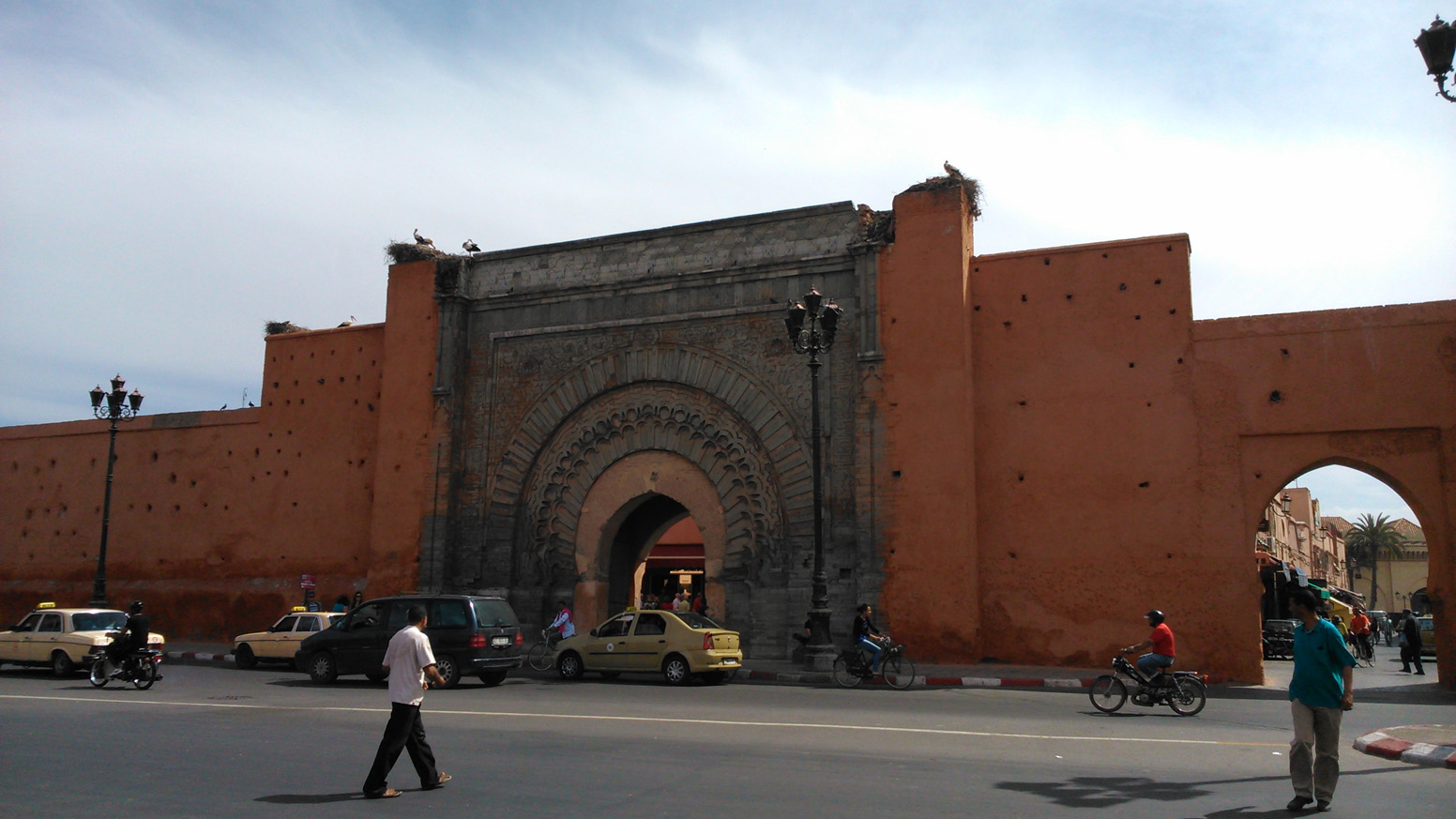
To end with, we explored the lovely Saadian Tombs. The Saadians ruled over Marrakech in the 16th century and these graves were only revealed in 1917. A first highlight!


Upon entering the Saadian tombs, the first thing you’ll notice are the scattered graves in the garden, along with the long line waiting to see the main attraction: the beautiful hall with 12 pillars.
Only rediscovered in 1917, the whole place got a good renovation. The next thing you’ll notice are the decorated halls in the garden. Next to the 12 pillars hall, you’ve got two more, with graves inside and stunning wood decorations on the outside.


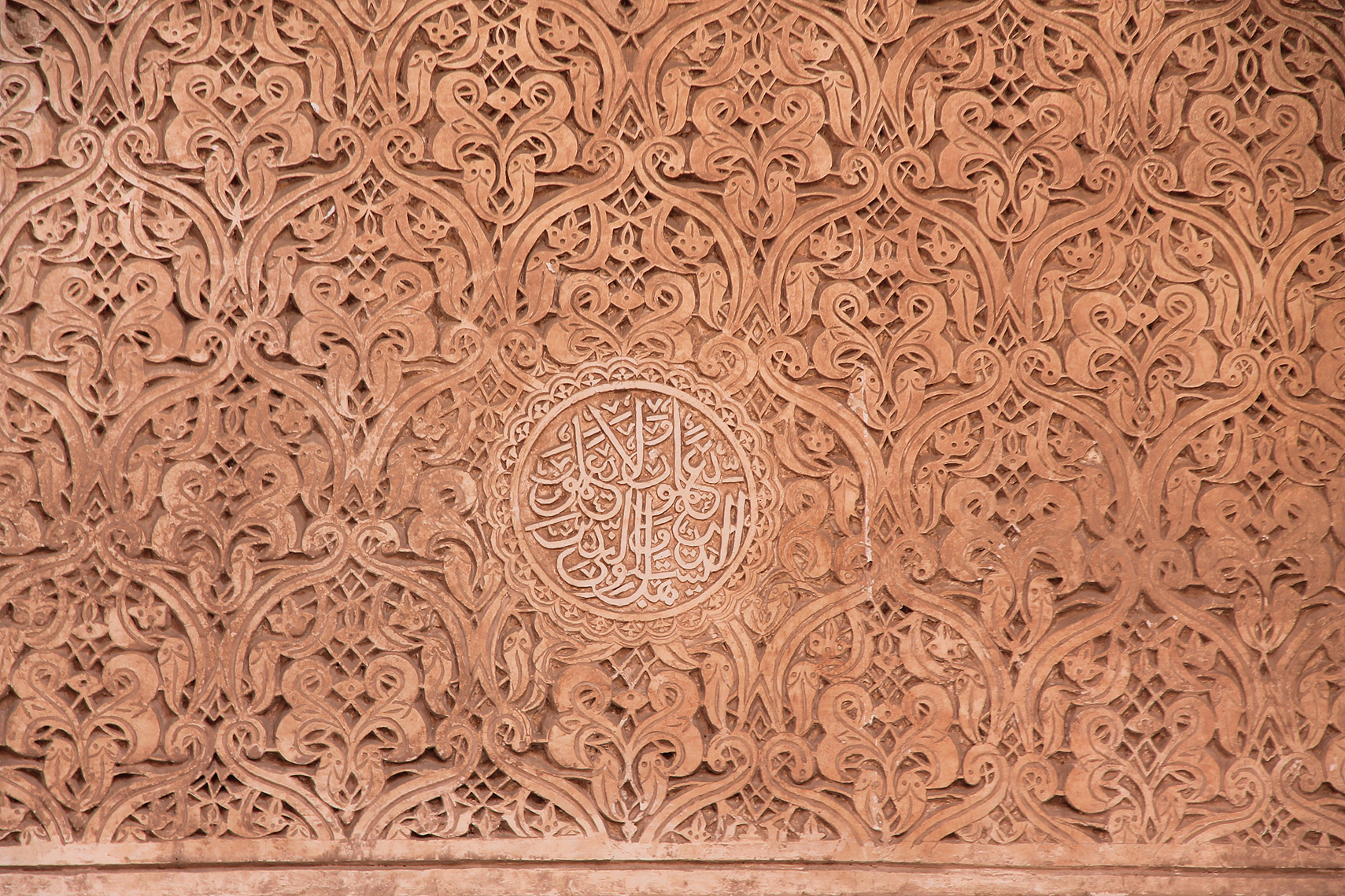



After strolling around a bit to view the courtyard and the two other chambers, you have to get in line. It took us a good half hour to reach the masterpiece… but it was well worth the wait!
All in all, the graves of – hold on now – 60 generations of Saadians are burried here, 4476 members of the family. Quite impressive, isn’t it? For us it was the first big highlight of our trip.
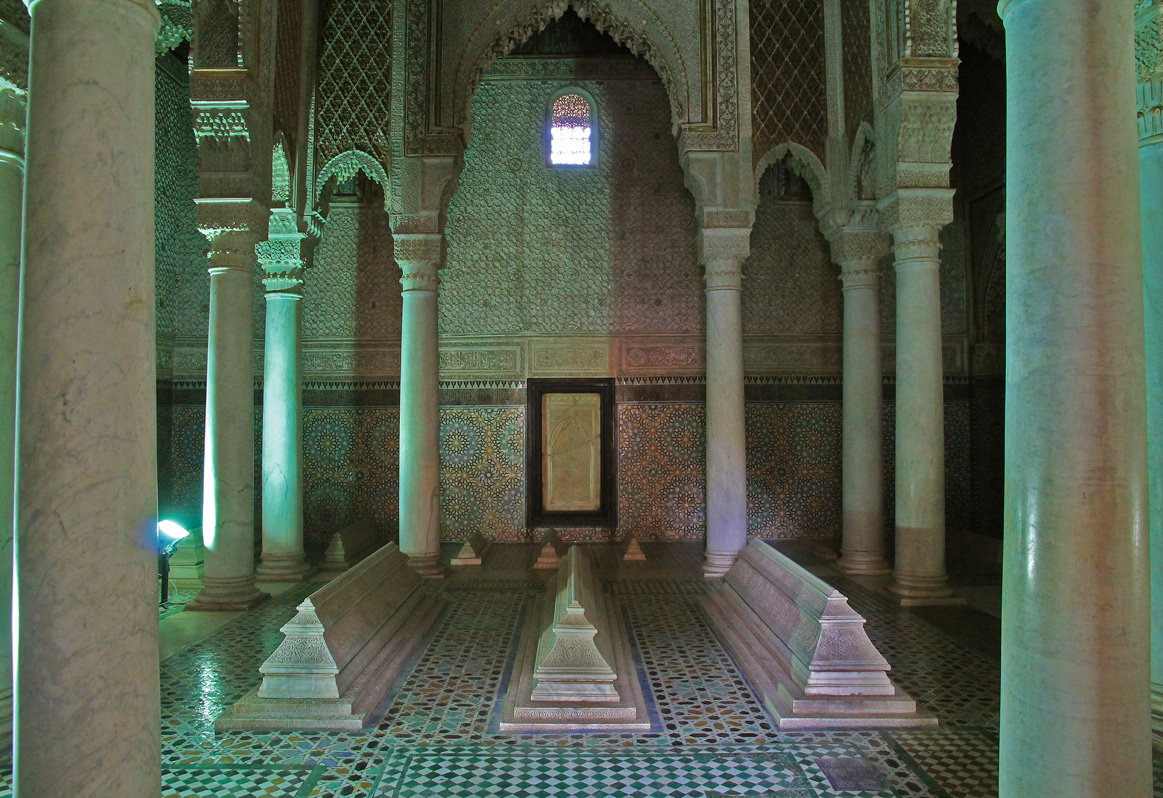
We then headed back to the Koutoubia mosque, the most famous landmark of Marrakech and your main navigation point if you’re in the city – more about that later on though 😉
It’s the biggest and oldest mosque in Marrakech, built around 1150 – well, the minaret anyway. The mosque itself is even older, but the minaret had to be rebuilt because it didn’t face Mekka correctly. The inside is off limits for non-muslims, but the outside is nice enough to look at.
Probably, this is the most relaxed part of the centre of Marrakech. We found the area non-touristy, we hardly saw tourists except just around the Saadian tombs. Streets in this area are quite wide, people are very friendly and helpful – we felt very relaxed.
Some general pictures to show you life as it is in Marrakech.






Springing into eye for me was the position of women here. Even though a very Islamic country, women in Marrakech seem quite modern. I saw women with veils, but also some without. Fully covered women are rare, and even when wearing a dress and a veil, they navigate a motorcycle, often with a girlfriend on the back seat, laughing and chatting away 🙂 I didn’t get to see those things in Senegal and Egypt, the other muslim countries I visited.
For those of you wondering: everything within the city walls of Marrakech – including the walls and the babs themselves, is Unesco World Heritage.
The rest of our afternoon was spent relaxing in the pool and splashing around with Febe. We deliberately chose a hotel outside of the busy city, with space for her. We didn’t regret it one second: she loved it there. Febe is clearly getting older. In previous trips we could tag her along anywhere, but now she’s starting to ask for certain things to do. We try to take her opinion into account as much as we can – which in Morocco ment: daily pool time! Not that we are complaining 😉
Water fun!
Medina of Marrakesh (nr. 331)
Marrakesh has a long history as an important political, economical and cultural centre in the Western Muslim world. This vibrant, historic city is a typical example of a large medieval, Islamic capital; it combines the business of daily life, crafts and trade (e.g. the souks and Djemaa el Fna square) with the calmness of its religious centres (e.g. mosques and the Ben Youssef Madrasa) and the grandeur of its palaces (e.g. El Badi palace, La Bahia).
The city was founded in the 11th century by the Almoravid rulers. The general outline of the medina dates back to this period. Under their reign, the medina was walled and a huge palm forest (Palmeraie) was planted. It remained the capital under the Almohads, who destroyed most of the Almoravid monuments but also led Marakesh into a period of unprecedented prosperity. They were responsible for building the grand Koutoubia Mosque (with a 77m minaret!). After a period of decline, the Saadian rulers (16th-17th century) led to a new blossoming of the arts. The El Badi palace and the Saadian tombs were built under their reign.




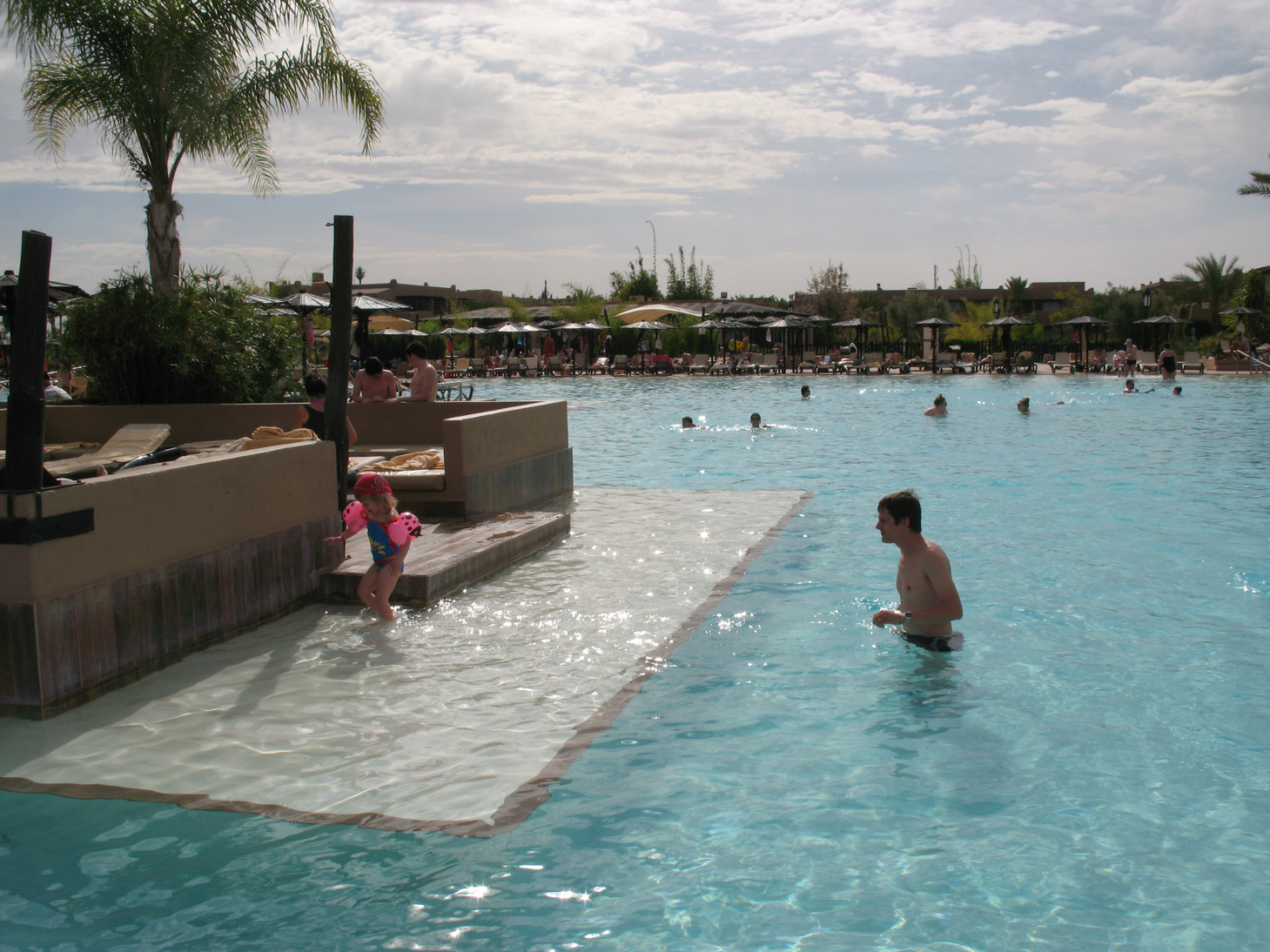



The post and photographs sound quite interesting. Thanks a lot for sharing this post.